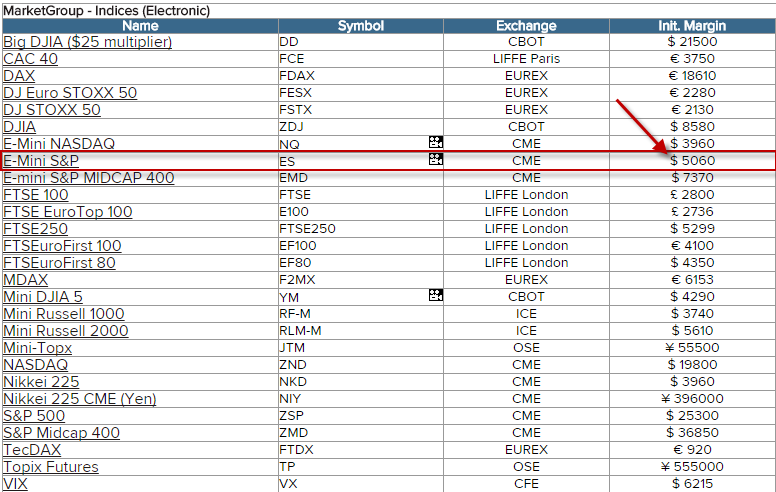Explanation of Margin and Leveraged Trading
Post on: 4 Октябрь, 2015 No Comment

2.2 Explanation of Margin and Leveraged Trading
Now that we know some of the basics of Forex terminology we need to discuss the idea of leverage and how pips are valued. The Forex market is exciting and accessible to small retail traders because of the industrys high leverage options. Leverage gives a trader the ability to increase the potential return on an investment. Leverage works both ways however; it increases potential returns, but it also increases potential risk. Therefore leveraging magnifies both gains and losses.
Contract Sizes and Pip Values
Leveraging a position involves putting down collateral, known as margin. to take on a position that is larger in value. Currency pairs are usually traded in 100,000 unit standard lots or 10,000 unit mini lots. This means that the trader buys 100,000 of the base currency, while selling the equivalent number of units of the counter currency as dictated by the current exchange rate. When the ask price for EUR/USD is 1.2500, 100,000 Euros are bought while 125,000 Dollars are sold. For a standard contract (1 Lot) in which the USD is the counter currency 1 pip will equal $10 ($1 for a mini lot). For all other pairs exact pip values are slightly different and range from $8 to $10.
The above figures appear to put Forex out of reach for small and medium traders. Although this was the case historically, regulatory modernization has allowed smaller sized traders to participate in Forex by offering high-leverage trading. A stock broker might offer 2:1 leverage, meaning that you would need to have $500 in your account to buy $1,000 worth of stock in the Forex market, traders trade with leverage of 50:1, 100:1, 200:1 or even higher depending on the broker and regulations. At 100:1, you would need to have $1,000 in your account in order to buy one standard lot of EUR/USD. With a leveraged position, a Forex trader magnifies the potential gains from any price movements, however, as was mentioned before, losses are magnified by the same degree.
High-leverage trading is the essence of what distinguishes retail Forex from other markets.
How is this possible? In the Forex market, when trading the established currencies that CMS Forex offers, the amount that a currency changes in any given day is quite small. A one cent (or approximately 100 pip) change in the value of a currency is considered a large move. Therefore Forex dealers can afford to hold a fairly small amount of collateral for any given position.
If the market moves against a trader resulting in losses such that the trader lacks a sufficient amount of margin, there is an automatic margin call. The Forex dealer closes the traders positions and limits the losses for the client because this stops the account from turning into a negative balance.

Tying Everything Together in an Example
Let’s take a trader with $2,000 in his account, which is his total balance or equity. Our trader buys 1 Lot of USD/JPY at a price of 97.50 (1 US Dollar buys 97.50 Yen) with the 100:1 maximum leverage. The trader’s utilized margin is $1000 and he or she has $1000 of floating equity or unused margin. If the trader was to close the position right away, the utilized margin, the $1000 collateral, would return back to the total equity and he or she would still have $2,000 in the account, minus some transaction costs because of the spread which is usually 2-5 pips.
Now let’s say the same trader keeps his 1 Lot Buy position of USD/JPY open. If the position moves in the trader’s favor, the gains are added to the floating equity in the trader’s account. Likewise if the position goes against the trader the losses are subtracted from the account’s floating equity. These floating gains or losses are realized when the trader closes the position (or the position triggers a margin call).
If the price moves 100 pips in the trader’s favor (the exchange rate moves upwards one Yen to 98.50), then the trader would make a $1,000 gain ($10 per pip 100 pips). The trader has effectively made a 50% return on his or her $2,000 account, or a 100% gain on the $1000 margin. Conversely, if the direction of the market had gone at least 100 pips against the trader, his or her position would have been closed due to a margin call when the floating equity reaches $0 from $1000. The margin call comes as the account’s total equity drops below the $1000 margin requirement. The trader would have a loss of approximately $1000, or 50% of his or her initial account, and about $1000 — the original margin requirement, remaining in the account.














